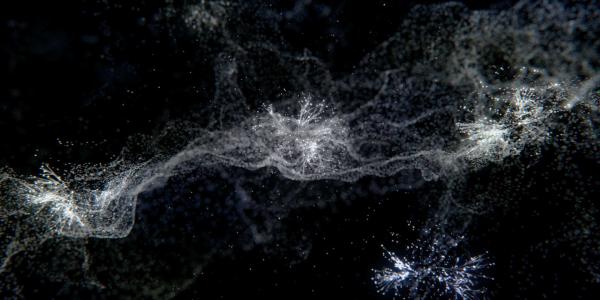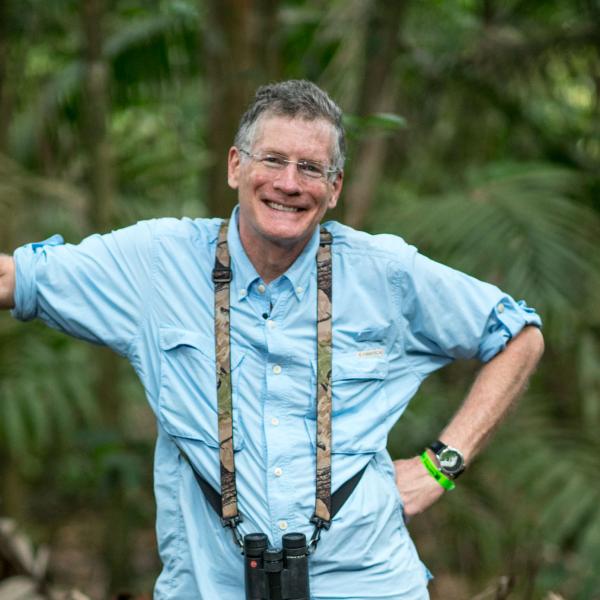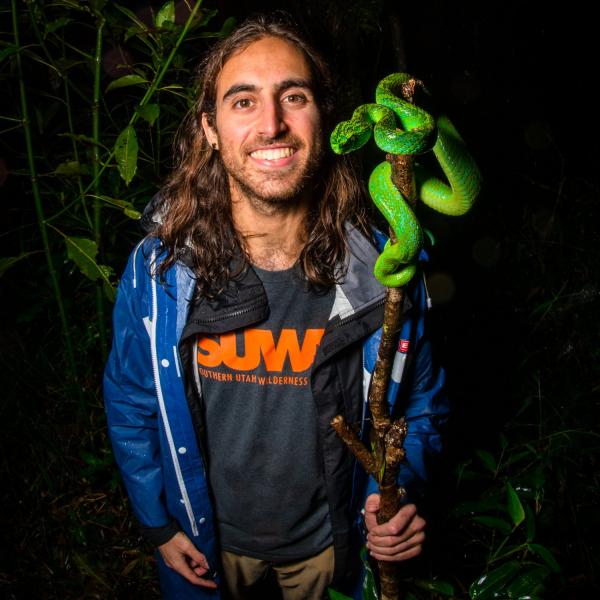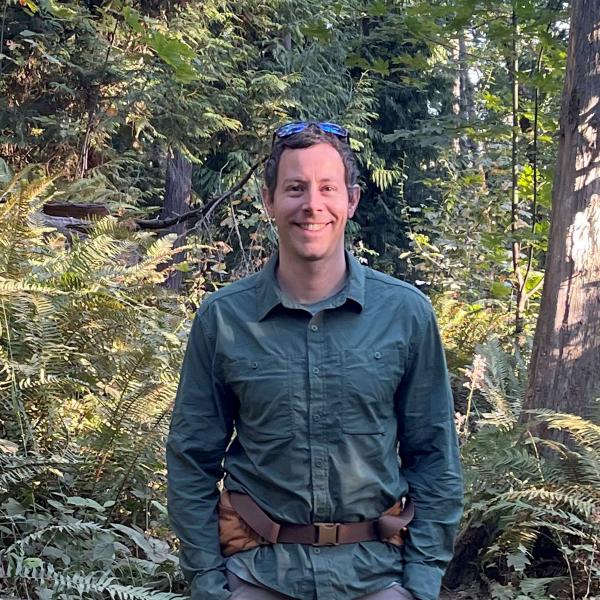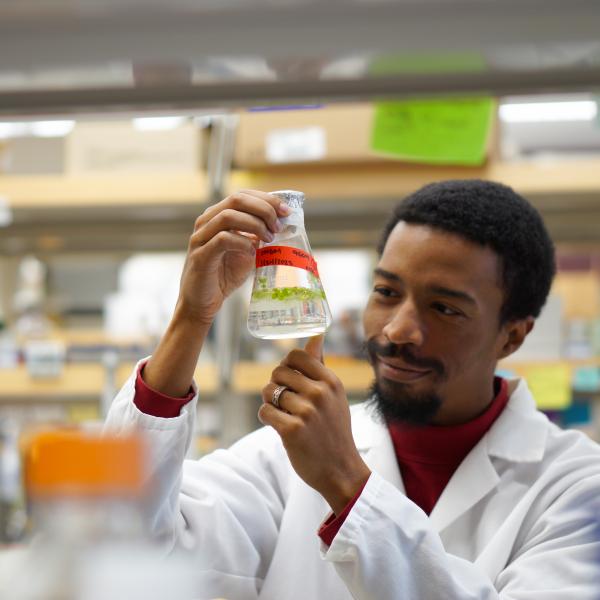Deanna Barch, Jonathan Losos, Richard Vierstra, and Li Yang, all professors in Arts & Sciences at Washington University in St. Louis, have been named to the Institute for Scientific Information’s list of Highly Cited Researchers for 2021.
Deanna Barch, chair and professor in the Department of Psychological & Brain Sciences and the Gregory B. Couch Professor of Psychiatry; Jonathan Losos, the William H. Danforth Distinguished University Professor and director of the Living Earth Collaborative; Richard D. Vierstra, the George and Charmaine Mallinckrodt Professor of Biology; and Li Yang, professor in the Department of Physics, were among 45 faculty with primary affiliations at Washington University named to this year’s list of Highly Cited Researchers.
The 2021 list recognizes 6,600 researchers worldwide who have demonstrated significant and broad influence in their chosen field or fields, reflected in their publication of multiple papers that have been highly cited by their peers over the course of the last decade. These papers rank in the top 1% by citations for field and publication year in the Web of Science. The methodology that determines the “who’s who” of influential researchers draws on the data and analysis performed by bibliometric experts and data scientists at the Institute for Scientific Information.
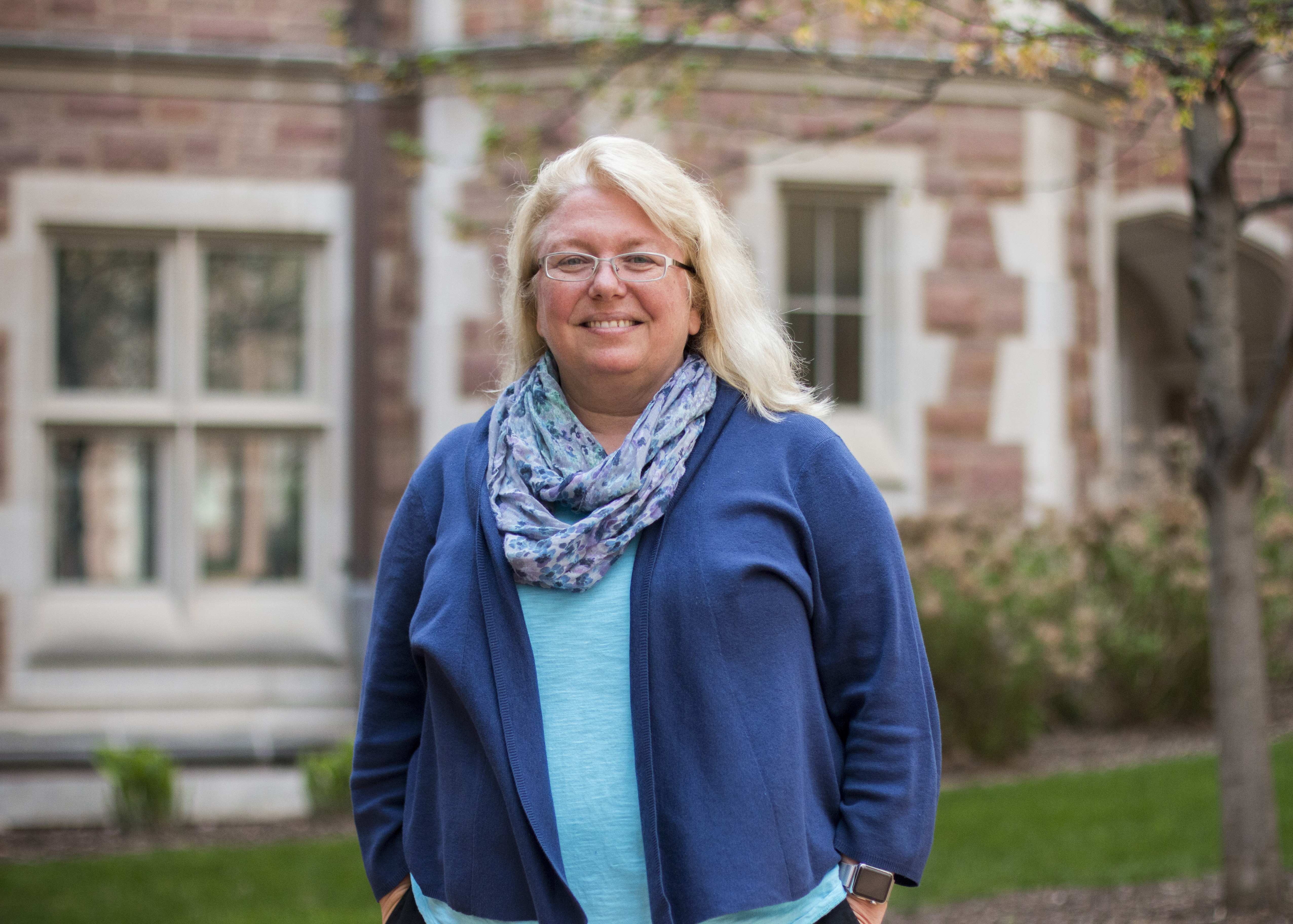
Barch studies cognitive and language deficits in disorders such as schizophrenia, and the neurobiological mechanisms that contribute to such deficits. Her research includes behavioral, pharmacological, and neuroimaging studies with normal and clinical populations. Barch's current research is focused on understanding the interplay among cognition, emotion, and brain function to better understand the deficits in behavior and cognition found in illnesses such as schizophrenia and depression. In particular, Barch is interested in determining the cognitive, emotional and neural bases of risk for the development of schizophrenia and depression, potentially as a means of developing better preventative approaches. Further, her work includes a focus on the ways in which early adversity (e.g., poverty, stress, and disparities in access to health care) shape early brain development and subsequent risk for mental health challenges.
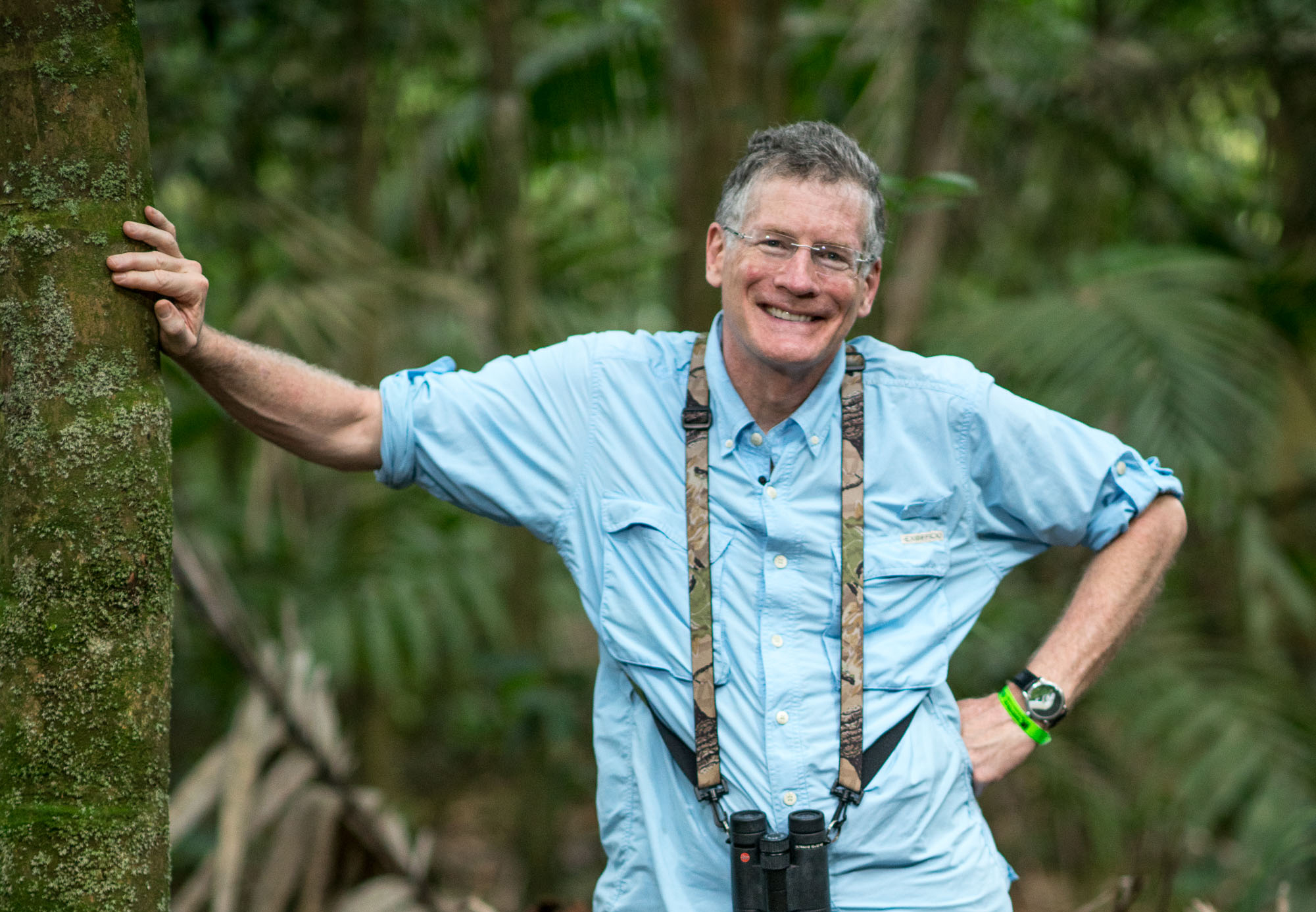
Losos is an internationally renowned scholar in the field of evolutionary biology. In partnership with the Missouri Botanical Garden and the St. Louis Zoo, Losos leads the Living Earth Collaborative, an academic center dedicated to advancing the study of biodiversity. The Living Earth Collaborative serves as a hub to facilitate interdisciplinary research among plant and animal biologists and other scholars across a wide range of fields, bringing together the world’s leading scholars in the field of biodiversity to address the most pressing issue facing humankind today — the ability to sustain life on Earth. Within the biology department at Washington University, the primary focus of the Losos Lab is on the behavioral and evolutionary ecology of lizards and the study of evolutionary adaptation of wild species to urban habitats. Major questions concern how lizards interact with their environment and how lizard clades have diversified evolutionarily.
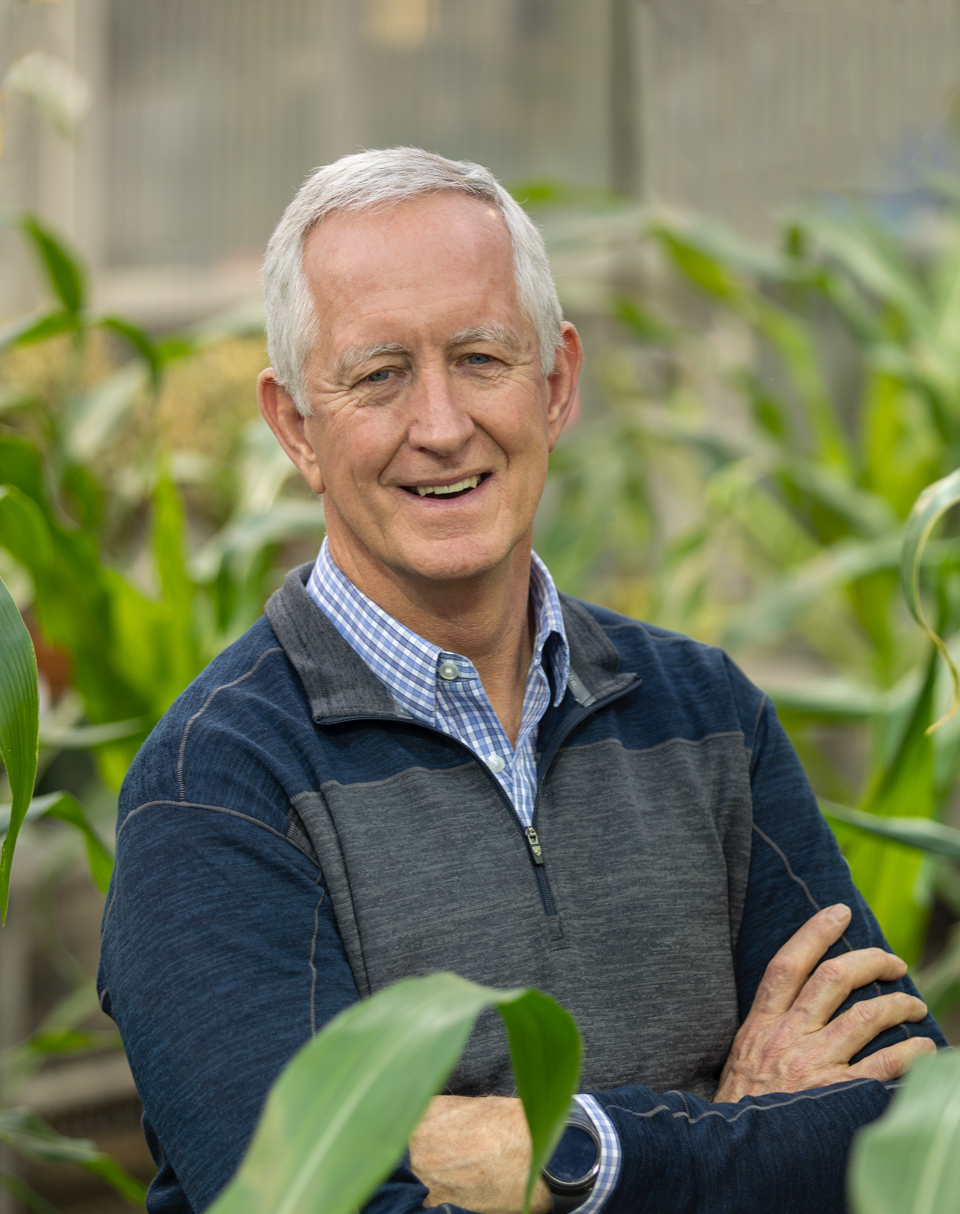
Vierstra’s research interests include pathways used by plants and animals to selectively degrade intracellular proteins, which are central to many human diseases and important contributors to the genetic engineering of plants with increased agricultural productivity; post-translational modifications involved in plant stress defense; and mechanisms used by plants to perceive their light environment. Vierstra focuses on light-absorbing photoreceptors called phytochromes that allow plants to perceive light, an essential function providing both the necessary energy for growth and the signals needed for plants to entrain their life cycles to daily and seasonal rhythms. Vierstra seeks to understand how phytochromes work at the atomic level, using a variety of structure-based approaches such as X-ray crystallography and single-particle electron microscopy with both plant and microbial versions. Based on their current best model, Vierstra’s lab is now trying to re-engineer phytochromes as a novel strategy to improve agricultural yield and sustainability.
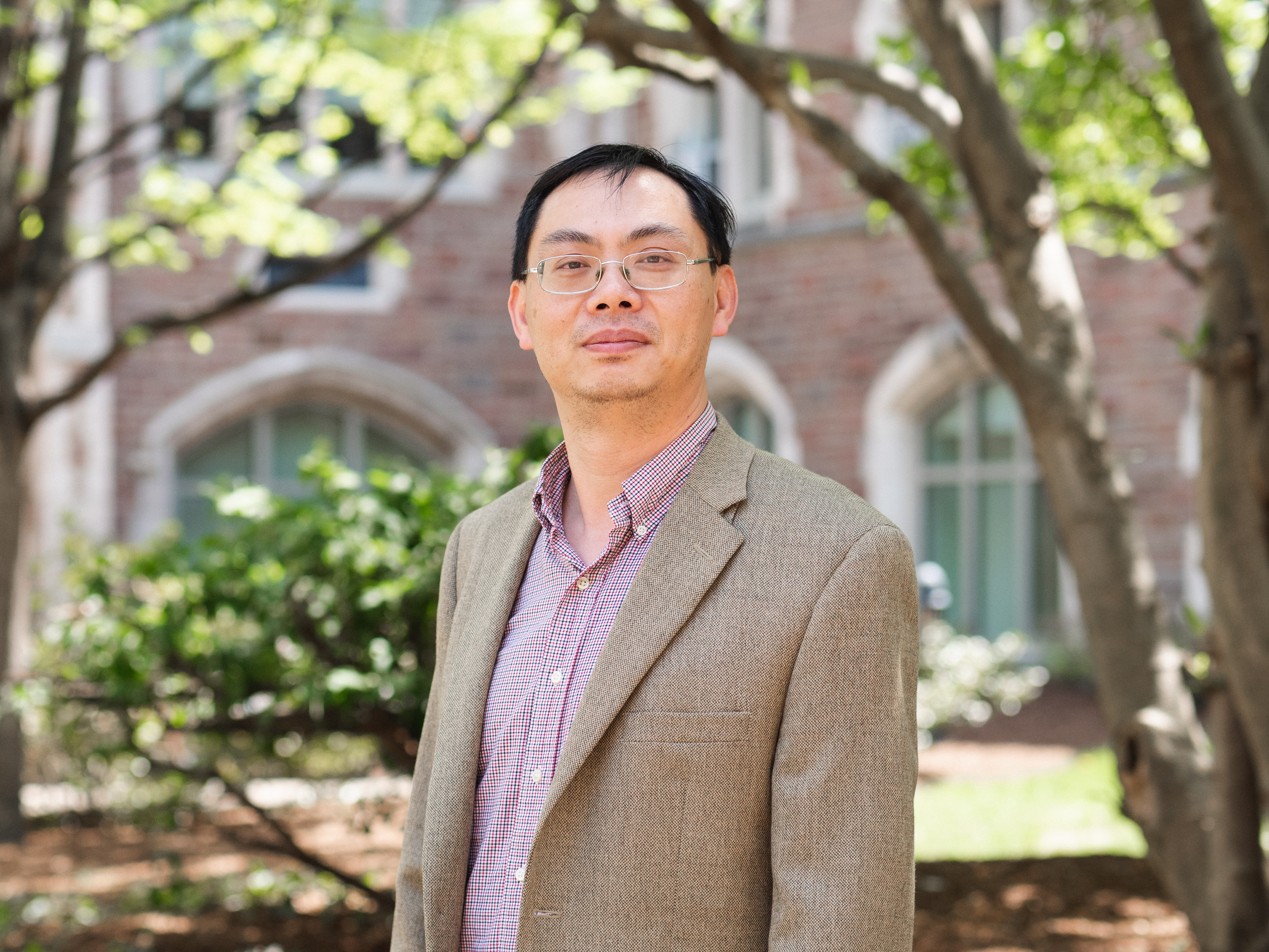
Yang is a condensed-matter theoretician. He combines physics models and large-scale simulations to calculate and understand the complicated interactions between electrons in emerging quantum materials. With quantitative knowledge of the fundamental many-electron effect, he can reliably predict a wide range of novel applications. By tightly collaborating with experimentalists, Yang is particularly interested in looking for enhanced light-matter interactions in nanoscale materials for harvesting light energy and realizing infrared photon emitters/detectors; using light to drive and control spins of electrons for realizing room-temperature, energy-efficient spintronics; and searching for single atomic layers of van der Waals quantum materials with the giant piezoelectric or ferroelectric effect for realizing ultra-thin mechanical sensors and high-density information storage.

